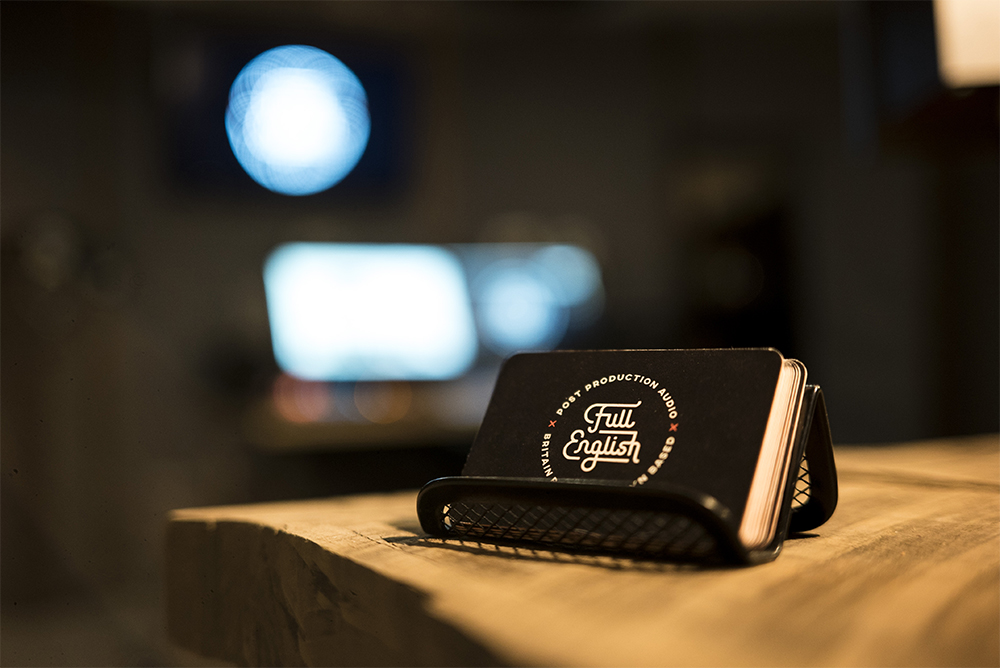Welcome to another installment of Show Us Your Space, a Reverb series that explores and celebrates the unique music-making environments of studio owners, builders, and musicians at all levels. We’ve had the opportunity to showcase a lot of excellent creative spaces so far, from blues-rock guitarist Eric Tessemer’s apartment/rehearsal space hybrid in Texas to the 1800s-era farmhouse-turned-studio Villa Sound in Ontario, Canada.
Today, we’re back with another Show Us Your Space, and this week’s installment is a post-production studio in Brooklyn called Full English Post. In the tour below, studio owner and professional sound designer and engineer Kieran Kaye talks us through the gear in his studio and how it differs from what you might see in a music recording studio stocked with.
Have you assembled an awesome music space that you want to show off? From bedroom production rigs to historic concert halls, we're interested in seeing and sharing it. Contact us at [email protected]. For more information on Full English Post, check out the studio's website here.
Full English Post is a boutique, post-production studio based in Brooklyn, with British roots. I’ve been a professional sound engineer and designer for over 10 years, but ever since I can remember, I’ve been dabbling with recording and editing audio. I’ve been back and forth between New York and London working in various studios, but I decided to start my own facility in 2016.
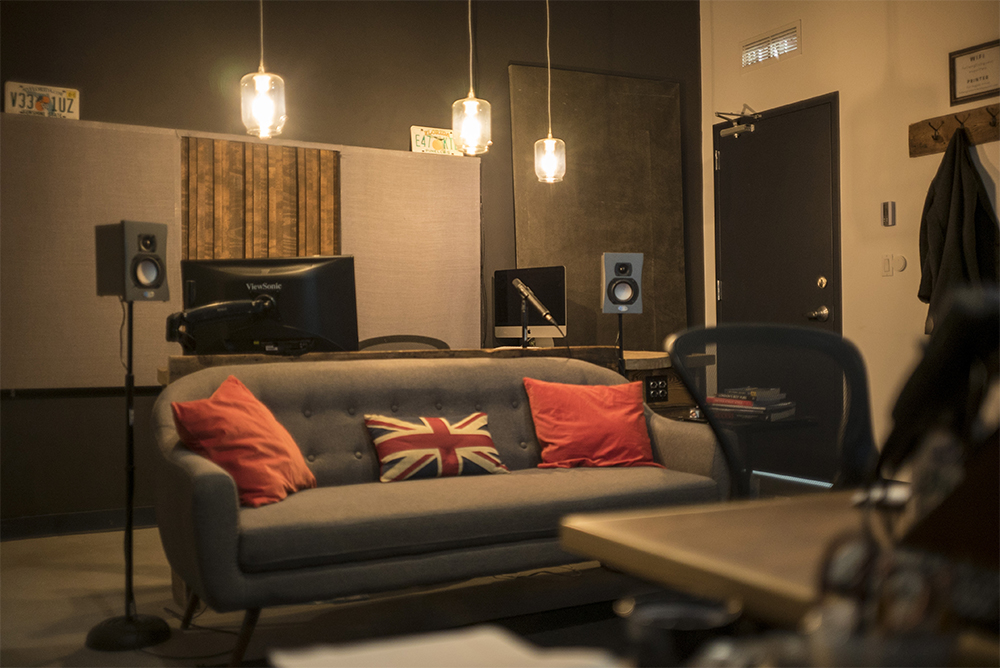
Post-production audio is essentially any audio that is designed, recorded, and/or mixed after a piece of content (like a film) is produced. This could be ADR, Foley, or VO recording, sound designing each scene of a film, or mixing a cinema trailer in 5.1 surround sound.
If I’m sound designing a film, most audio has to be added in post. This includes atmosphere/ambience tracks, room tone, every sound of a character’s movement, glasses clinking, footsteps… basically anything that happens sonically in real life that most people wouldn’t notice.
Usually I’m only provided with dialogue and music, and the rest has to be built from nothing, which can be extremely time-consuming and fiddly but also very fun and creative. Myself and the colorist are usually the very last vendors in a long chain of people that contribute to any visual content.
While Full English focuses mainly on advertising—be it short-form commercials, branded content, or cinema ads—the company also works on long-form documentaries and narrative films as well.
One Room Fits All
I work in one big room with a voiceover booth in the corner. Because of the nature of the work I am doing, I don’t require a live room, and the vocal booth only really needs to fit one person at a time. The advantage of not having huge guitar amps blasting and live drums booming is that I don’t have to worry as much about upsetting neighbours in my building!
You’ll notice from the pictures that my gear set up is extremely minimal. As much as I love outboard gear, I only need the essentials to get the job done to the highest standard. Post-production is almost always a quick turnaround, so working in the box is the most efficient way to deliver high-quality audio on time.
All of the studio furniture (aside from the couch) and sound-proofing was built by me. Over the years, I’ve gained a fair amount of experience in building out small studios for clients and have enough knowledge of acoustics from university to get the room sounding pretty great.
Due to fire restrictions, the grey panels you see are made from metal frames filled with multiple 2x4-foot Roxul batts covered in fire-resistant Guilford of Maine burlap. The ceilings are about 12 feet high, so the room needed more treatment than I originally calculated. Six hanging 2x4-foot acoustic clouds with recessed lights sit about seven feet above the mix position and really tighten up the sound.
The desk is custom-built to fit my Mackie 820i mixer (mostly used for talkback), plus 10U of angled rackmounts to house my ART Head Amp 6 Pro headphone amp, Focusrite Red 4Pre interface, Furman M-8x2 power supply unit, and any other future outboard I buy.
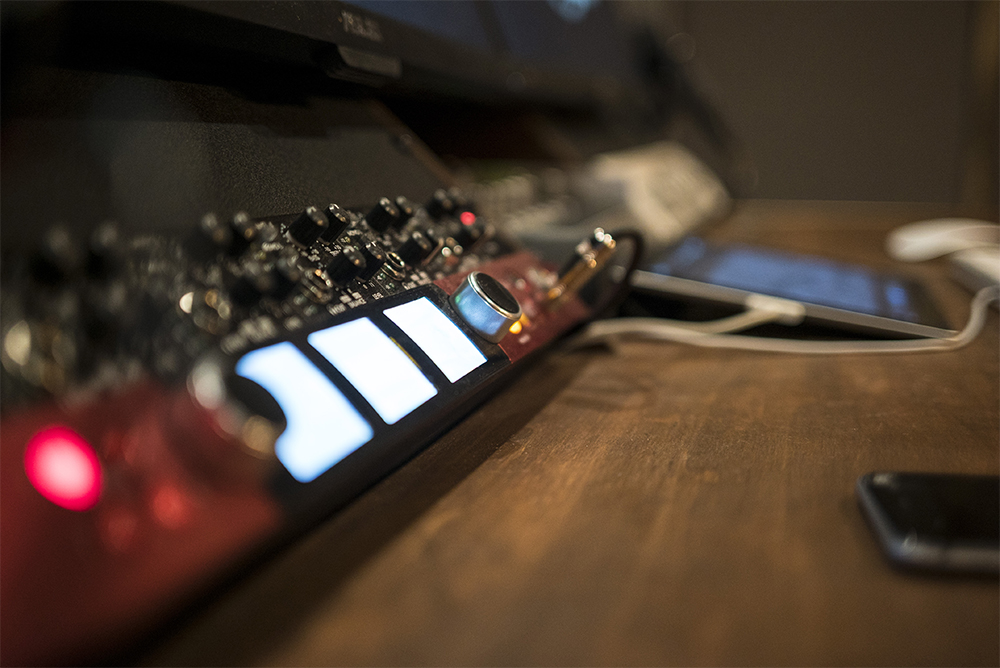
Monitoring
Since a lot of what I mix is for cinema, I need a 5.1 speaker set up as well as a solid stereo rig. I’ve been on Dynaudio’s in one shape or another for a few years now, and I’m just a big fan. For my “mains,” I use the BM6 mkIII, and the 5.1 monitoring is through a Bluesky MediaDesk surround sound setup, which is a little older but sounds amazing.
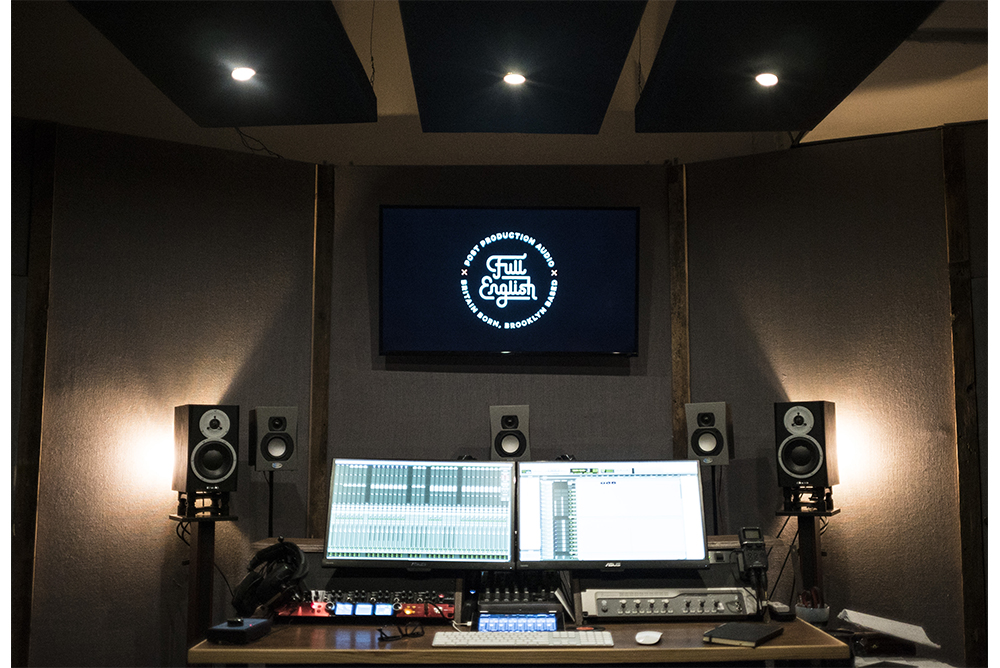
Recording
In the voiceover booth, I have a Neumann TLM103, which is pretty industry standard for voiceover. Either a Neumann or Sennheiser 416 will be found in 99% of VO booths in this country. If I do ADR recordings, then I’ll try and rent the mic(s) that were used on set, which is almost always the Sennheiser G3 lav and a boom like the 416.
The mic goes through the Focusrite Red 4Pre, which I think has fantastic, transparent-sounding preamps. I used to use the Red 8 for years and was a huge fan. While tube pres sound deliciously warm—especially when you get a VO guy with some silky gravitas to his voice—they simply flavor the recording too much for post-production. For me, I want a nice clean signal chain so that, depending on the content, I can mix the voiceover in appropriately.
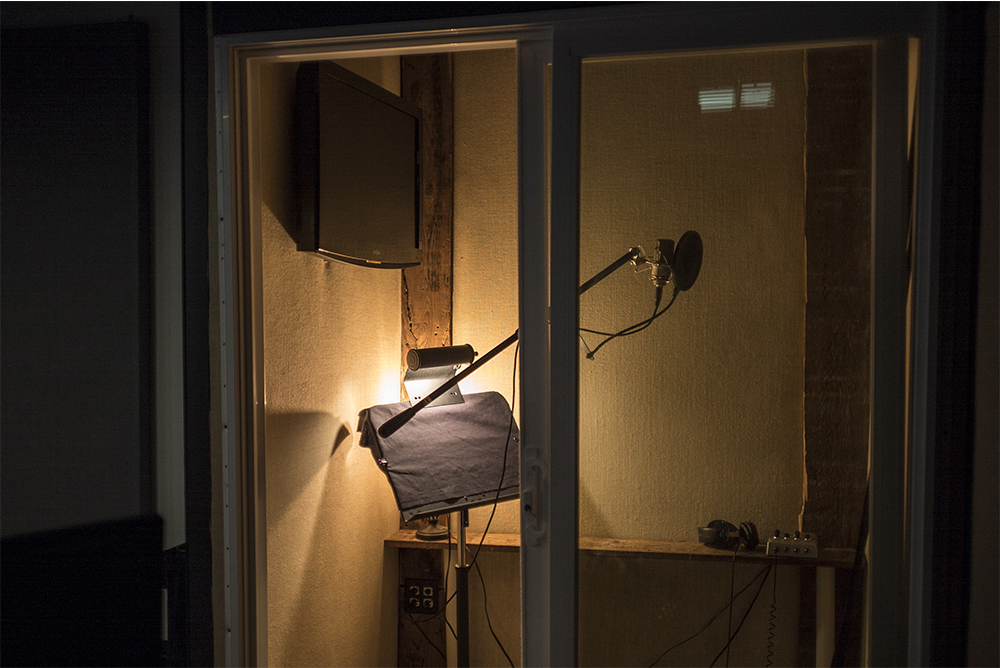
Mixing
I exclusively use Pro Tools and have done since I started engineering when I was 15 or so. It’s definitely the industry standard for post audio work and usually has minimal drama when receiving AAF’s from the video editors I work with.
In order to have the surround setup, I require Pro Tools HD (now Pro Tools Ultimate), which I love and is pretty robust for large track counts and plugin-heavy sessions. I use a top-spec Mac Mini, which people are often shocked about, but I love that little guy. Of course, external drives in an AKiTiO Thunder2 Quad with 2x 3TB Hard Drives (one for SFX, one for my sessions) are used for storage.
Finally my mixer… or lack thereof. I’ve written some articles about this, and it’s usually the biggest shock to people, but until recently, I only used an iPad with the PT | Control app to mix. I just purchased the Avid Artist Mix (on Reverb, of course) and now use that in conjunction with the iPad. It has a great workflow for what I’m doing.
As I mentioned earlier, I have a small Mackie mixer for routing certain things and talkback but as far as my mix controllers go, it’s just the iPad and the Avid. If I could justify it, I’d probably be using an SSL AWS924 or something similar, but I frankly don’t need it—even if I did splash out $80,000. At most, I’m using two faders simultaneously for volume automation and aside from voiceover recording, I wouldn’t benefit from the preamps or silky EQ of a top-notch analogue console since I’m all in the box anyway.
For 5.1 panning, the GUI in the PT | Control app is actually excellent and very intuitive. Now that I have the tangible faders and quicker response time of the Artist Mix, plus a few time-saving physical shortcut buttons, the setup is more than comprehensive for what I need. I’d love to hear of any consumer that saw a commercial and said, “Wow, that must’ve been mixed on a Neve, it sounds fantastic.” While I don’t have the “wow” factor of a large console as you walk into the studio, my clients are definitely happy that an unnecessary piece of gear isn’t reflected in my hourly rate.
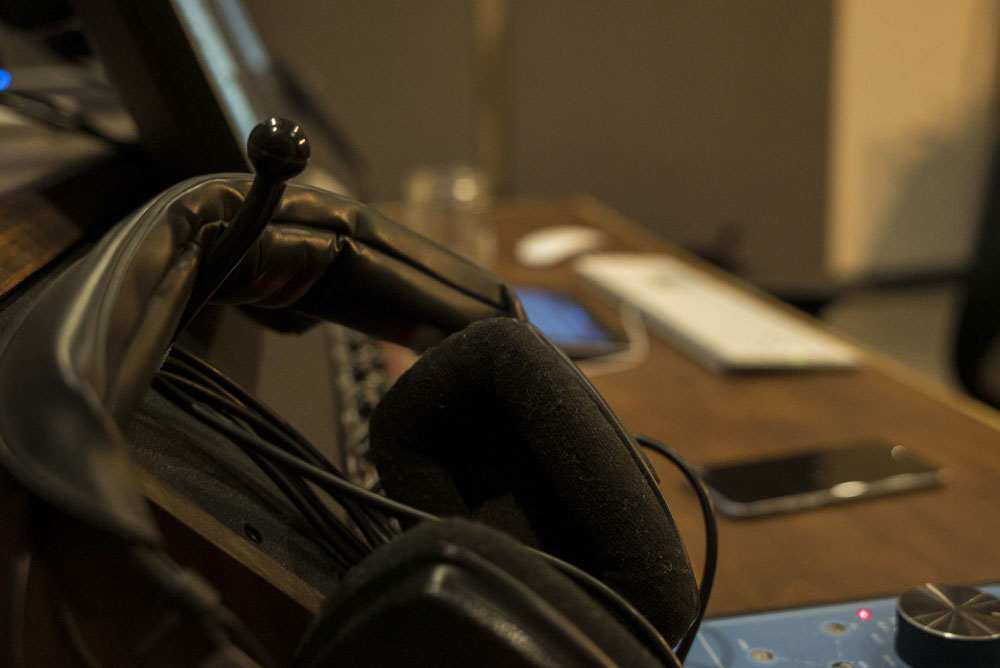
Video Playback
It’s extremely important for me to have solid video playback while I’m sound designing a film or video content. Rather than simply attaching a TV as an extra monitor, I use a Blackmagic Intensity Pro video card, which automatically detects a video signal from Pro Tools and outputs it to the 50-inch TV in front of the mix position. This allows me to have extra screen real estate for the PT edit and mix windows, plus plugins, etc. The video signal from the Blackmagic is also then duplicated to a screen in the VO booth so that talent can read to picture if necessary.
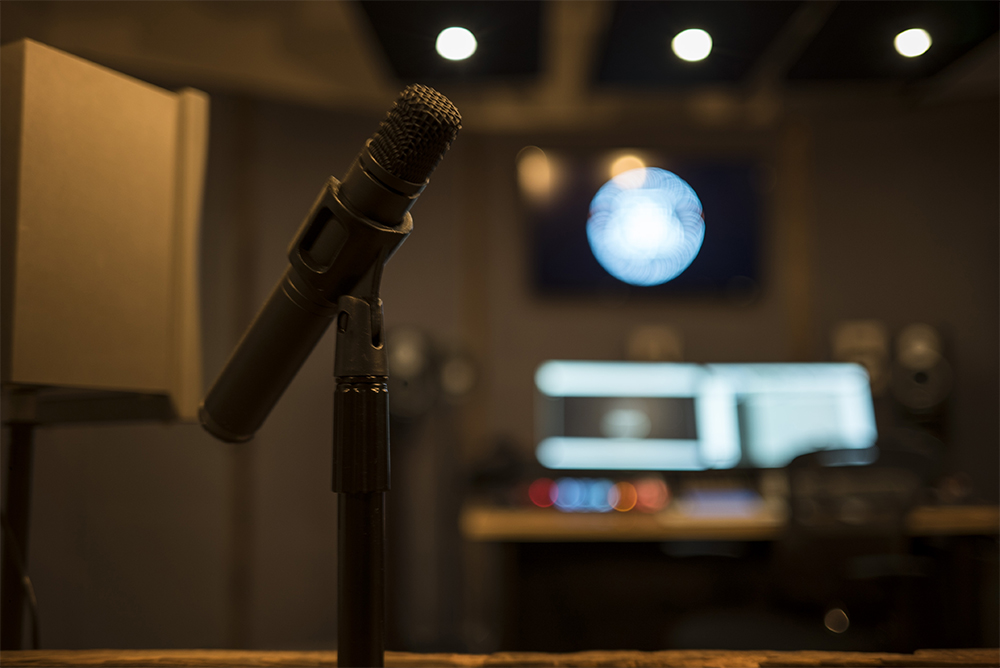
Client Comfort
I regularly deal with various creative roles from advertising agencies, production companies, and brands, and a big factor in the studio design was client comfortability. While many projects are worked on remotely and then transferred over to client for review, a lot of films and commercials require an in-person mix review. Building a space that is relaxing and creative for clients that attend design and mix sessions is key.
I want people to be able to come here and really get the inspiration and creativity flowing, so a big couch and plenty of mood lighting seems like a small thing, but it goes a long way. I also have a producer's desk behind the client sofa for the more hands-on producer that wants their own talkback mic (Rode M1) and control to the talent, and a place to set up their laptop and notes, etc. There’s also a smaller screen that duplicates the main TV on the producer desk for a more critical visual vantage point.
A small coffee station and bar all help to set the right environment for clients, too. Often, the sessions start early in the morning and go until late so having the appropriate liquid solution is important!
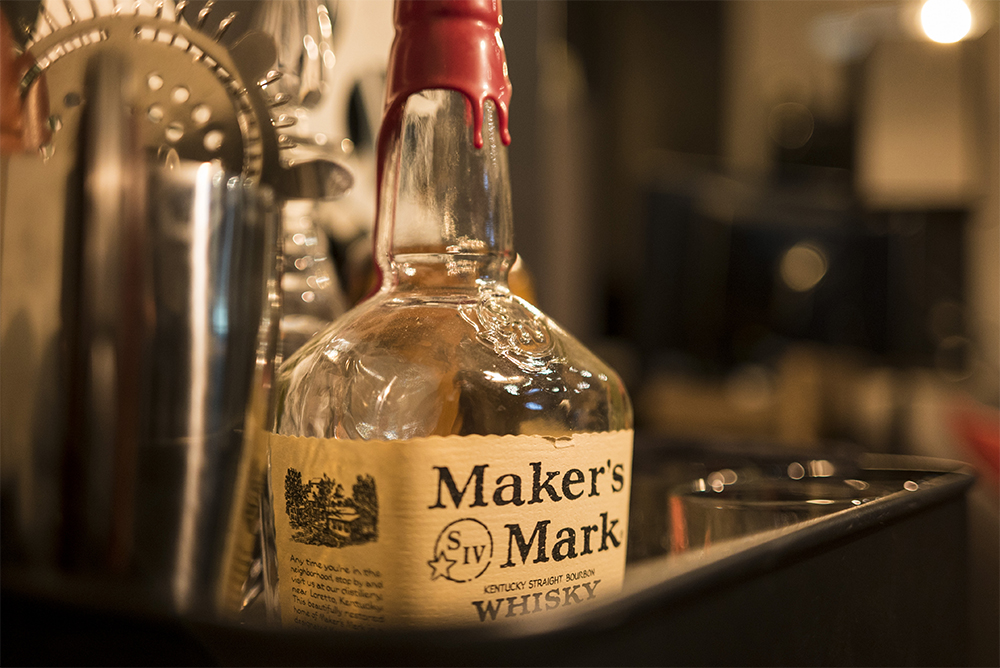
Stop By for a Cup of Tea!
That’s the end of my small-but-mighty post-production studio tour. I’m always interested in meeting new people to collaborate with, so if you’re in New York and would like a physical tour and a cup of tea (or coffee, beer, whiskey…) then feel free to drop me an email at [email protected].
